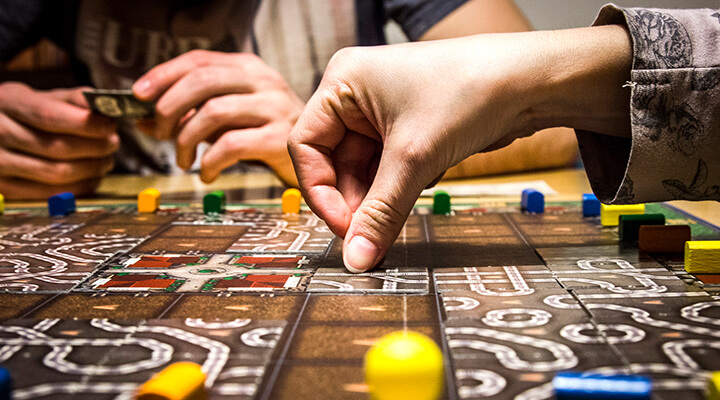Observed:
Board games sales have increased 28% since 2013 and are expected to grow 29% by 2021.
What Might This Mean?
In an age of augmented reality and 4K video game consoles, this surge seems counterintuitive: Why the interest in old-fashioned games?
We suspect this growth is due to an issue with identity– how players see themselves.
Dungeons and Dragons, the 42-year-old tabletop role-playing game, experienced a renaissance starting in 2014 with the launch of its fifth edition. The megahit Stranger Things helped too, because D&D is a major plot point in the series. (#NoSpoilers #JusticeforBarb.) Another game, Cards Against Humanity—a “party game for horrible people” –was launched in 2011, and it’s had strong sales over the past few years as well.
What these, and other popular games, have in common is explained by Elan Lee, co-creator of the most-backed Kickstarter tabletop game: Exploding Kittens. “Exploding Kittens wasn’t designed to be entertaining—it’s designed to make the people you’re playing with entertaining.”
Spotting this desire for interesting people makes it much easier to understand why grown men and women don identities in Dungeons and Dragons or come up with ridiculous (and potentially offensive) answers in Cards Against Humanity.
Simply, we become much more interesting, funnier, heroic and brave when we play these games, even if only for an evening.
Applying the Insight:
Brands offer the promise of an experience, and these games offer an interesting experience. But, what matters in these examples is that the brands aren’t necessarily the interesting ones—instead, they make the players more interesting.
As a marketer, could your brand promise customers a way of seeing something more in themselves? If not, maybe you should take a page (or a card) from these brands’ playbooks.






